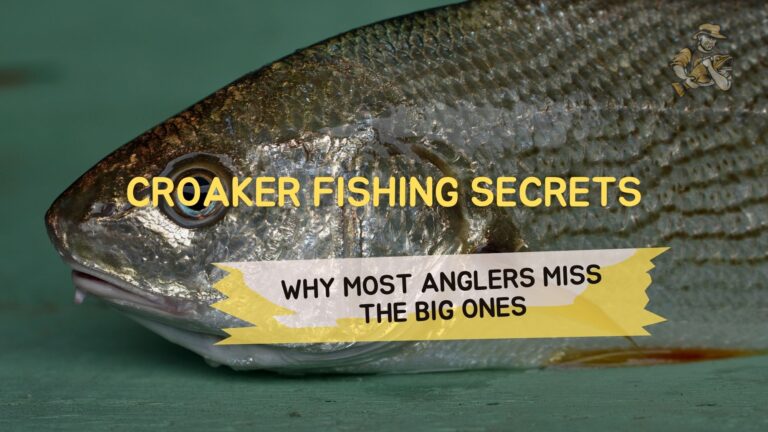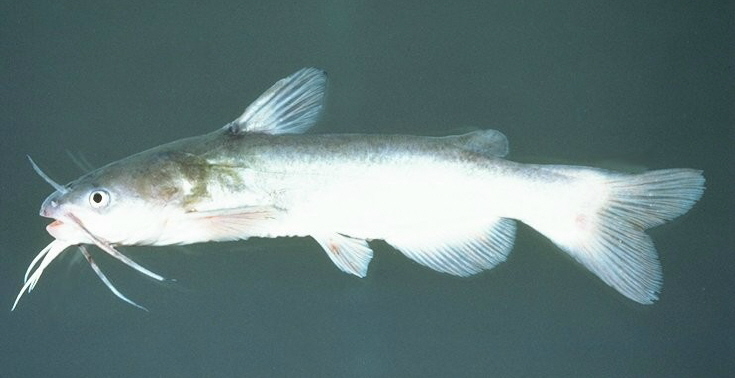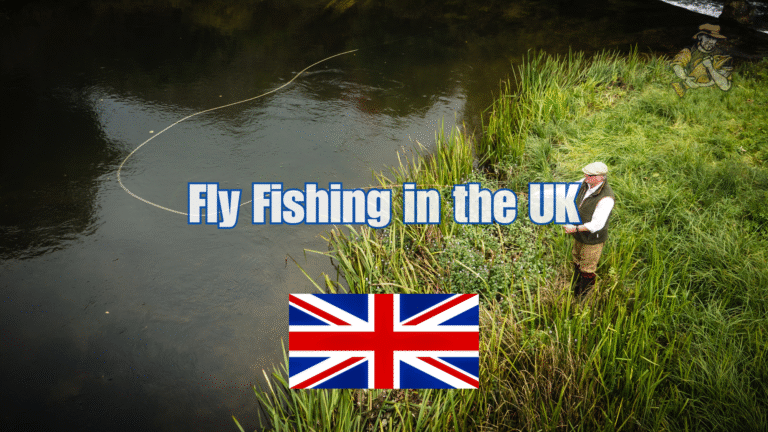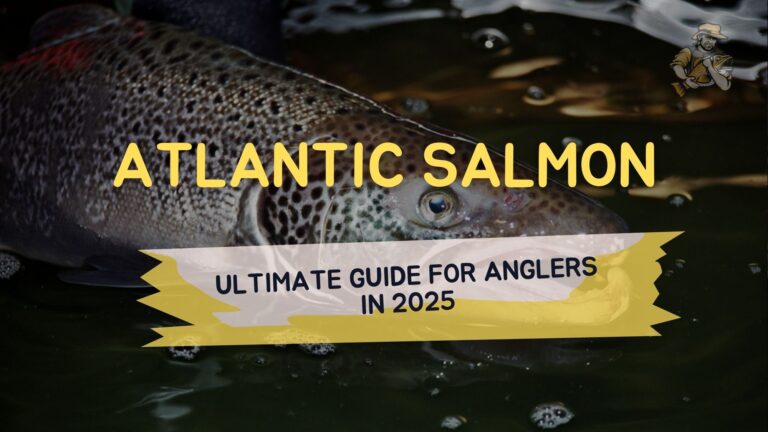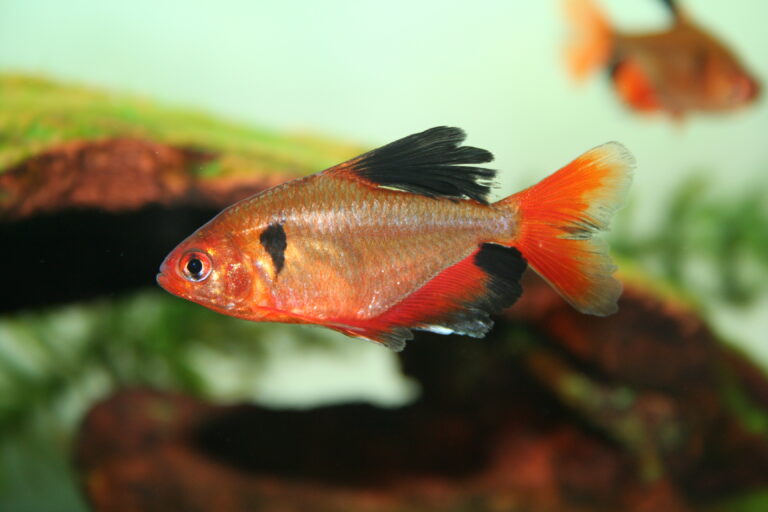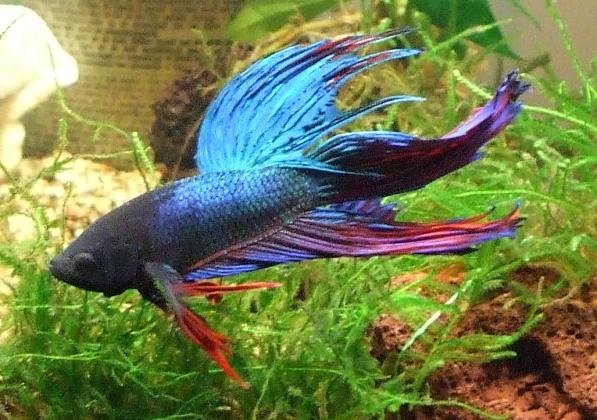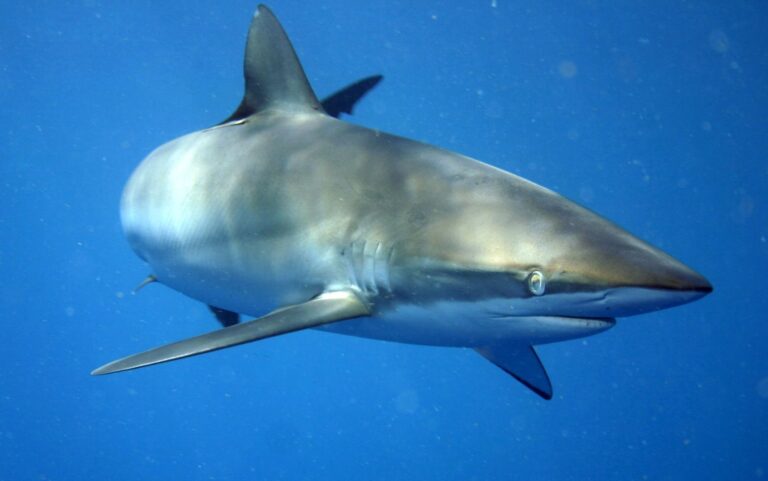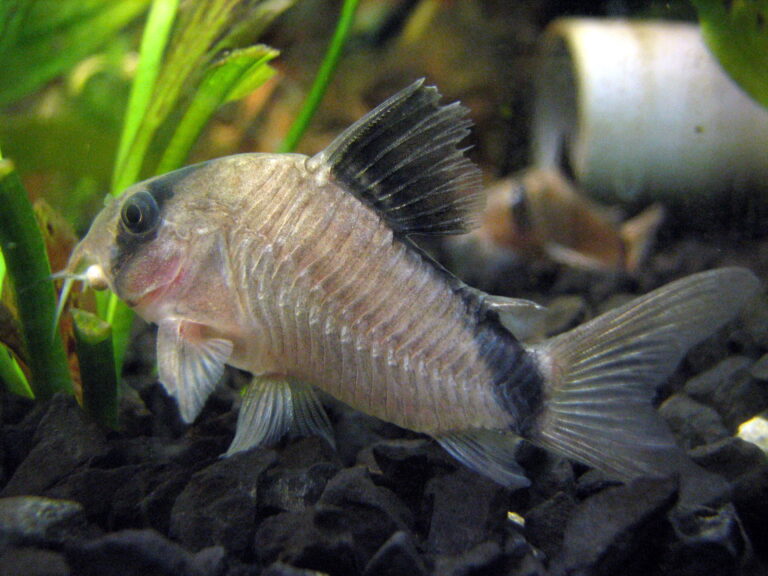5 Deadly Trolling Tactics Big Fish Can’t Resist
By Adam Hawthorne | Last Modified: May 11, 2025
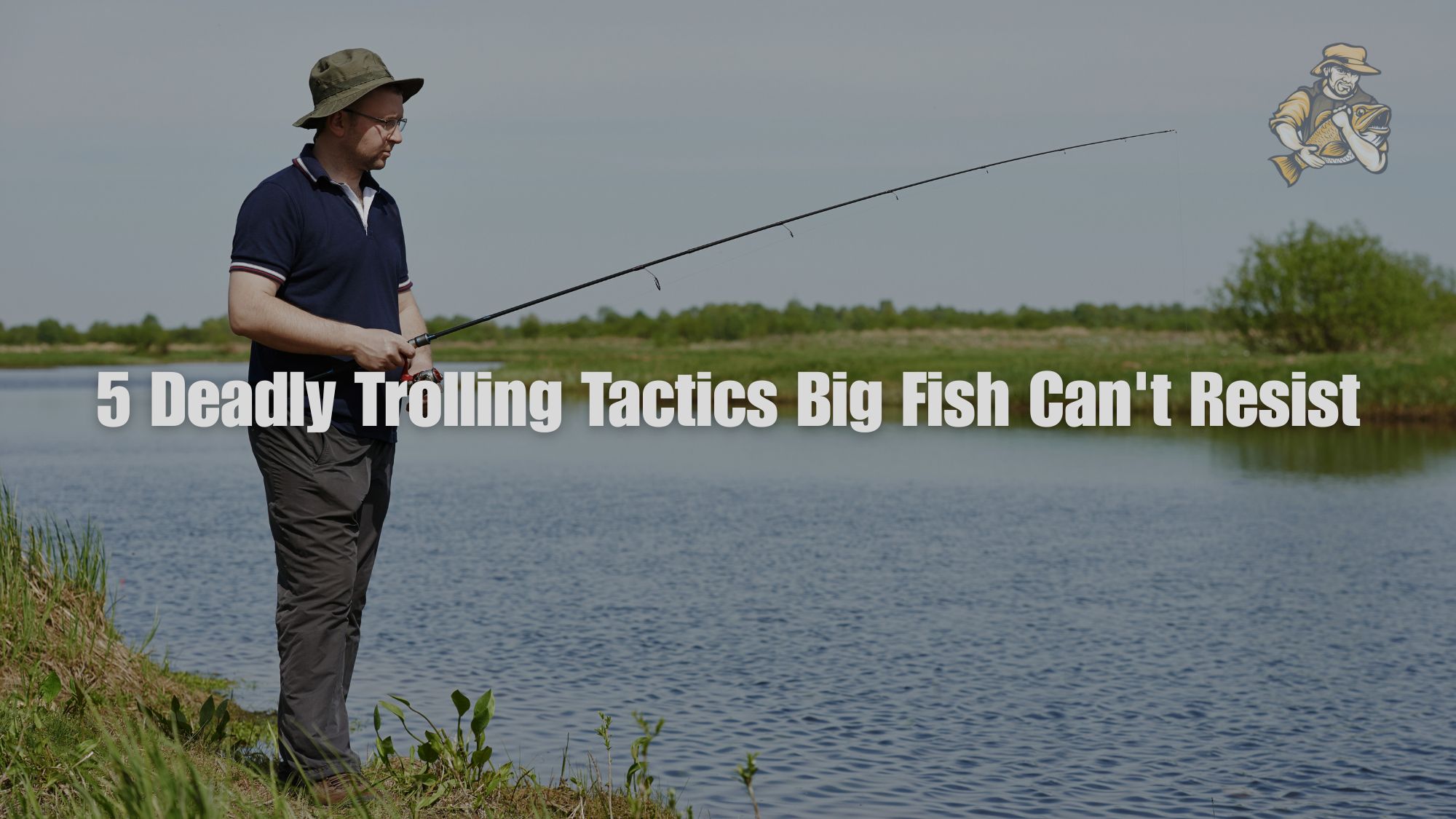
The first time I watched a 40-pound king salmon completely ignore my perfect trolling setup, I wanted to throw my entire tackle box overboard. That was 15 years ago on Lake Michigan, just off the Ludington pier. I’d been dragging the same spoon pattern that produced fish the previous weekend, but something was different. Water temperature? Current? Moon phase? Who knows.
After three frustrating hours of nothing, I ran into Captain Mike Schoonveld at the marina. He took one look at my setup and just shook his head. “You’re fishing memories, not conditions,” he said. Then he showed me how he’d completely changed his trolling spread based on that morning’s water clarity readings. By noon the next day, I’d landed three kings over 25 pounds using his modified approach.
That’s when I learned the hard truth about trolling for trophy fish: what worked yesterday might be worthless today. But certain fundamental tactics? Those transcend conditions, seasons, and even species. After decades of dragging lures across every major body of water in the Great Lakes region (and plenty beyond), I’ve identified five trolling tactics that consistently produce when targeting big fish.
1. The Deep-Diving Zigzag Pattern (My Personal Game-Changer)
Most anglers think trolling means dragging lures in straight lines. That’s like thinking cooking means microwaving TV dinners. Sure, it works, but you’re missing 90% of the potential.
Big fish – and I mean the real trophies, not just decent keepers – rarely chase straight-running baits for long distances. They’ve survived by being selective. The zigzag pattern triggers something different in their predatory response.
Here’s exactly how I run it:
Start with your boat moving at normal trolling speed (2.2-2.8 mph for most species). Every 30-45 seconds, make a sharp 30-degree turn to port or starboard. Hold that angle for about 10 seconds, then straighten out. Wait another 30-45 seconds, then turn the opposite direction.
What happens underwater is magic. The inside lures slow down and dive deeper while the outside lures speed up and rise. This creates what I call the “wounded baitfish spiral” – exactly what big predators look for.
I discovered this by accident in 2018 while trolling for muskies on Lake St. Clair. My autopilot malfunctioned and the boat started making these weird S-turns. Instead of fixing it immediately, I let it run because, honestly, I was tired of steering. Twenty minutes later, I hooked the biggest muskie of my life – 52 inches of pure anger that hit on the inside turn.
The key detail everyone misses: you need to vary the timing between turns. Sometimes 30 seconds, sometimes a full minute. Big fish pattern your patterns. When I shared this with the guys at Muskie Fishing Forums, half of them thought I was crazy until they tried it themselves.
Pro tip that cost me $400 to learn: Don’t run this pattern with leadcore unless you want the world’s worst tangles. Learned that lesson the hard way during a charter trip when I tried showing off to clients. Spent two hours untangling lines while they politely pretended not to judge my “expert” skills.
The Science Behind the Zigzag (Or What I Think Is Happening)
Look, I’m not a marine biologist. But after watching underwater cameras and talking with actual scientists at fisheries conferences, here’s my theory:
Big fish conserve energy. They don’t chase prey at full speed unless the payoff is guaranteed. The zigzag pattern creates moments where your lure appears vulnerable – slower speed, erratic movement, changing depth. It’s like ringing the dinner bell for lazy giants.
Last spring, I was testing this theory with my underwater camera setup (a complicated mess involving a GoPro, 100 feet of cable, and more duct tape than I care to admit). The footage was eye-opening. Big lake trout would follow straight-running lures for maybe 50 feet before peeling off. But when the lure went into that turn? Different story entirely.
They’d close the distance fast, often striking right as the lure started to straighten out again. It’s that transition moment – from vulnerable to escaping – that triggers the attack.
The depth change matters too. Most big fish, especially in the Great Lakes, relate to specific temperature layers. When your lure drops through their preferred zone during a turn, it’s like a french fry falling off someone’s plate at a restaurant. Irresistible.
2. Speed Variance Within the Spread (The Most Overlooked Detail)
Here’s something that drives me absolutely crazy: watching boats troll past with every single rod running the exact same lure at the exact same depth at the exact same speed. Might as well put up a sign saying “Artificial Lures Here – Big Fish Keep Swimming.”
The most productive spread I’ve ever run – and this produced a 38-pound king salmon during the Ludington tournament in 2022 – had lures running at four different speeds off the same boat.
Here’s the setup:
- Outside planer boards: 1.8 mph (achieved using larger diving lips)
- Inside planer boards: 2.5 mph (standard lures)
- Downriggers: 2.8 mph (smaller spoons)
- Copper lines: 3.2 mph (achieved with thin-profile lures)
“But wait,” you’re thinking, “how do you get different speeds when the boat’s moving at one speed?”
Lure selection and line diameter. It’s physics, but the kind you can understand without a degree. Bigger lips create more resistance, effectively slowing the lure’s forward progress. Thinner line cuts through water with less drag, allowing lures to move faster relative to the boat speed.
I stumbled onto this concept during a slow day on Lake Erie when my cheap backup rod (loaded with 10-pound test instead of my usual 20) was the only one getting hits. The thinner line let that spoon flutter differently than my “proper” setups. Since then, I’ve intentionally created speed variance in every spread.
The real secret? Big fish often follow schools of baitfish that aren’t all swimming at the same speed. Stragglers, speedsters, and everything in between. Your spread should mimic this natural chaos.
My buddy Tommy Jacobson, who guides out of Traverse City, takes this even further. He runs what he calls the “panic spread” – one lure intentionally running way faster than anything else, like a baitfish that knows it’s being hunted. His biggest brown trout last season (28 pounds) hit that panic lure when nothing else was working.
Some days, nothing works. I remember one brutal July afternoon on Saginaw Bay when we tried every speed combination imaginable. Water was flat, temperature was perfect, marks all over the sonar. Not a single hit in six hours. That’s fishing. But more often than not, speed variance makes the difference between a decent day and a legendary one.
3. The Thermocline Sandwich Technique
Most trolling articles tell you to find the thermocline and fish it. Sure, if you want to catch average fish. But trophy fish? They use the thermocline differently than their smaller cousins.
Big predators hunt the edges – the transition zones where warm water meets cold. They’ll sit in the comfortable cold layer and dart up into the warm layer to attack, then dive back down. It’s like having air conditioning in your living room while ordering takeout from the hot kitchen.
The sandwich technique puts lures both above and below the thermocline simultaneously, with at least one lure running right through the transition zone. Here’s my typical summer setup for Lake Michigan:
- Two lines at 45 feet (just above the thermocline)
- Two lines at 65 feet (in the thermocline)
- Two lines at 85 feet (below the thermocline)
- One “rover” line that I constantly adjust between 50-60 feet
That rover line? It catches 40% of my big fish. Why? Because it’s constantly crossing through different temperature layers, triggering reaction strikes from fish that might ignore a steady presentation.
I learned this from an old commercial fisherman named Vern who worked the Wisconsin waters back in the ’80s. He didn’t have fancy fish finders – just a thermometer on a rope. But he understood fish behavior better than anyone with a $5,000 electronics package.
“Big fish are lazy bullies,” Vern told me. “They want easy meals in comfortable water. Put food where they don’t have to work for it, but make it look like it’s trying to escape.”
Last August, I was fishing with my son off Frankfort when we marked a huge arch on the sonar, sitting right at 62 feet – dead center of the thermocline. Dropped the rover line to 60 feet, made two S-turns to vary the depth, and boom. 31-pound king that hit like a freight train.
The frustrating part? Sometimes the thermocline isn’t clearly defined. Windy days, current changes, or seasonal transitions can create multiple layers or fuzzy boundaries. That’s when I run what I call the “shotgun spread” – lures scattered from 30 to 100 feet until I find the active zone.
Electronics help, but they’re not everything. I’ve watched guys with $10,000 worth of sonar units get outfished by old-timers running ancient Lowrance units. Why? Because they spend more time staring at screens than reading the actual water conditions.
Water color changes, temperature breaks you can feel on your downrigger cable, even how the boat rides different in various current seams – these physical cues often tell you more than any electronic display.
4. The Controlled Chaos Method (When Nothing Else Works)
Sometimes fish want perfection. Clean trolling passes, precise depths, matching lures. Other times – especially with pressured fish in popular areas – they want chaos.
I’m talking about intentionally creating an erratic, almost amateurish presentation that looks nothing like what every other boat is dragging. This isn’t random; it’s calculated disorder.
Here’s what controlled chaos looks like:
- Mismatched lures (different sizes, colors, actions)
- Varying leader lengths (15 feet to 50 feet)
- Different trolling weights on similar lines
- Intentionally crossed lines that untangle themselves
- Speed changes every few minutes
- Random turns with no pattern
The first time I tried this was out of pure frustration. Fall 2019, Manistee River, king salmon run. Every boat was running the textbook setup – orange/gold spoons, 2.5 mph, precise 45-degree angles on the planer boards. Nobody was catching squat.
I started changing everything randomly. Put a blue and chrome J-Plug on one rigger, a tiny pink spoon on another. Ran one copper line so far back I could barely see it. Changed speeds constantly. My charter clients thought I’d lost my mind.
Three hours later, we had our six-fish limit while boats running “proper” setups were still fishless. One client, a surgeon from Chicago, said it was like watching someone perform surgery with gardening tools – it shouldn’t work, but it did.
The key is making it look unintentional. Big fish, especially in heavily fished areas, have seen every perfect presentation a thousand times. They’ve learned to associate precise trolling patterns with danger. But that mess of mismatched lures bouncing around? Looks like a school of confused baitfish – aka, an easy meal.
Fair warning: this method drives traditional anglers insane. I’ve had guys radio me asking if I need help because my spread looked so janky. One tournament competitor actually filed a complaint, claiming I was “fishing irresponsibly.” The tournament director just laughed and showed him our five-fish stringer.
Don’t use this in clear, calm conditions. It works best when there’s some chop on the water, overcast skies, or after a front moves through. Basically, when conditions are already a bit chaotic, your messy spread looks natural rather than suspicious.
5. The Magnetic Structure Break
This one’s controversial. Half the trolling experts I know swear it doesn’t exist. The other half won’t fish without checking for it. I’m talking about the magnetic anomalies that occur along certain structure breaks – areas where the Earth’s magnetic field shifts due to underwater geology.
I know, sounds like fishing voodoo. But here’s the thing: I’ve caught too many big fish along these invisible lines to ignore it. And I’m not alone.
Here’s how I find them:
- Get a quality compass (not your phone)
- Troll along structure breaks – drop-offs, underwater points, channel edges
- Watch for compass deflections of 2+ degrees
- Mark these spots on your GPS
- Create trolling patterns that cross these magnetic breaks repeatedly
The best example I can give: There’s a spot off Big Sable Point where the compass swings 5 degrees for about 200 yards. Local charter captains call it “the Vortex.” On any given day, 80% of the big fish caught in that area come from boats working that magnetic anomaly.
My theory (and it’s just a theory) is that these magnetic variations affect baitfish navigation. Maybe they get confused, swim in circles, or congregate unnaturally. Whatever the reason, big predators know about these spots.
I spent three years mapping magnetic anomalies across Lake Michigan. Sounds obsessive? Maybe. But those maps have produced more 30+ pound fish than any other single piece of information I own. When conditions are tough and nobody’s catching, I run straight to the nearest magnetic break.
The frustrating part is you can’t see these on any commercial fishing map. You have to find them yourself. Start with known productive areas and look for compass variations. Once you find one, guard that information like gold. Or don’t – karma in fishing is real, and sharing information has a way of coming back around.
Beyond the Tactics: The Mindset of Trophy Trolling
These five tactics are tools, not guarantees. The real secret to consistently catching big fish while trolling? Adaptability mixed with stubborn persistence.
I’ve had days where everything went perfect – right tactics, right conditions, right equipment – and got skunked. Other days, I’ve broken every rule in the book and limited out on trophies. That’s what keeps us coming back.
But here’s what separates anglers who occasionally luck into big fish from those who consistently catch them: attention to subtle details. Water color changes nobody else notices. Slight temperature variations. How baitfish react to your boat’s approach. These micro-observations matter more than any specific tactic.
The biggest mistake I see? Anglers get locked into one approach. They find something that worked once and beat it to death. Meanwhile, conditions change, fish adapt, and yesterday’s killer technique becomes today’s waste of time.
Stay flexible. Mix tactics. Pay attention to what the fish tell you, not what worked last week. And remember – even with perfect execution of all five tactics, some days the fish just won’t cooperate. That’s not failure; that’s fishing.
Last thought: I’ve shared several links throughout this article to communities and resources that have helped me over the years. The best anglers I know are constantly learning, sharing information, and challenging conventional wisdom. These tactics are a starting point, not an endpoint.
Now get out there and drag some lures around. The worst day trolling still beats the best day at work. Unless you guide for a living like some of us idiots – then it’s both simultaneously.
some Tips I Wish Someone Had Told Me Earlier
Line counter reels are mandatory, not optional. Trying to replicate successful depths without them is like cooking without measuring cups. Sure, grandma did it, but grandma also caught 10-pound fish when they were everywhere. Different times.
Keep a detailed log. Not just what you caught, but everything. Water temp, clarity, current direction, moon phase, what the guy next to you was using when he outfished you. Patterns emerge over seasons, not single trips.
The best trolling speed is rarely what’s comfortable for the boat. I’ve caught monster fish trolling so slow the boat barely had steerage, and so fast the rods were bent from water pressure alone. Let the fish tell you what they want, not your preference for a smooth ride.
Invest in quality releases before upgrading electronics. A $30 release that doesn’t pop prematurely or miss hooksets is worth more than a $3,000 sonar unit. Ask me how I learned this the hard way. Actually, don’t – it still hurts to talk about that lost fish.
Dawn and dusk are overrated for trophy fish. Some of my biggest catches came at 2 PM under bright sun. Big fish feed when they want to feed. Be there when it happens, not just when fishing magazines say you should be.
FAQs
What’s the ideal trolling speed for big fish?
There’s no universal “ideal” speed – it changes with species, conditions, and what the fish want that day. Start with 2.2-2.8 mph for most predator species, but be ready to adjust dramatically. I’ve caught trophy fish everywhere from 1.5 to 4.0 mph.
How do I prevent tangles when running multiple lines?
Keep your spread wide using planer boards and stagger your line lengths significantly. The Great Lakes Planer Board Manual has excellent diagrams for proper spacing, but the basic rule is: longer lines on the outside, shorter lines inside.
Should I use braided or monofilament line for trolling?
Depends on the presentation. Braid has less stretch and better sensitivity, but mono has more give for fighting big fish. I run braid to a 50-foot mono leader on most setups. For leadcore or copper, braid backing is essential.
What’s the best time of year for trophy trolling?
Spring and fall transitions typically produce the biggest fish, but every season has opportunities. Water temperature changes are more important than calendar dates. When temps are shifting rapidly (up or down), big fish feed aggressively.
How important is boat control for trolling success?
Absolutely critical. Autopilot isn’t a luxury for serious trolling – it’s necessary equipment. Maintaining precise speed and direction, especially during turns, makes the difference between triggering strikes and dragging dead lures.
Do I need downriggers for effective trolling?
Not always, but they expand your options dramatically. Dipsy divers, lead core, and copper line can reach deep fish, but downriggers offer the most precise depth control. For the Great Lakes, I’d call them essential. For smaller inland waters, you can often get by without them.
Conclusion
Trophy trolling isn’t about having the most expensive gear or the latest electronics – though those things certainly don’t hurt. It’s about understanding how big fish think, adapting to changing conditions, and being willing to break conventions when standard tactics aren’t producing.
These five tactics have put more big fish in my boat than anything else I’ve learned in 30+ years of dragging lures around. But they’re just starting points. The real education happens on the water, one fish at a time.
Remember: every giant fish was once considered uncatchable by someone. The difference between “the one that got away” stories and grip-and-grin photos is usually just a small adjustment in tactics, timing, or thinking.
Now stop reading about fishing and go fishing. The tactics only work if your lines are in the water.

Meet Adam Hawthorne
I’m a lifelong fishing enthusiast who’s spent years exploring rivers, lakes, and oceans with a rod in hand. At Fishing Titan, I share hands-on tips, honest gear reviews, and everything I’ve learned about fish and ocean life, so you can fish smarter and enjoy every cast.
Share:

Meet Adam Hawthorne
I’m a lifelong fishing enthusiast who’s spent years exploring rivers, lakes, and oceans with a rod in hand. At Fishing Titan, I share hands-on tips, honest gear reviews, and everything I’ve learned about fish and ocean life, so you can fish smarter and enjoy every cast.
Related Articles
-
Croaker Fishing Secrets: Why Most Anglers Miss the Big Ones
Croaker fishing might seem straightforward, but there’s more to catching these tasty fighters than most weekend anglers realize. I’ve spent countless dawns chasing these silver-sided…
-
White Catfish
The White Catfish represents one of North America’s most adaptable freshwater species, serving as both an important commercial fish and a cornerstone species in countless…
-
Fly Fishing in the UK: Top Rivers and Seasonal Patterns
After nearly three decades casting flies across waters from Michigan to Maine – and now spending several weeks each year exploring the UK’s rivers –…
-
Atlantic Salmon: Ultimate Guide for Anglers in 2025
For as long as I can remember, I’ve been captivated by Atlantic salmon fishing. There’s something almost mystical about these magnificent fish – their power,…
Fish Species
-
Serpae Tetra
The Serpae Tetra (Hyphessobrycon eques) stands as one of South America’s most recognizable freshwater aquarium species, distinguished by its vibrant red-orange coloration and distinctive black…
-
Crown Tail Betta
The Crown Tail Betta stands as one of aquaculture’s most distinctive ornamental fish, renowned for its dramatically elongated, spiky fins that resemble the spokes of…
-
Silky Shark
The Silky Shark represents one of the most widespread and ecologically significant requiem sharks in tropical and subtropical waters worldwide. Known scientifically as Carcharhinus falciformis,…
-
Corydoras Catfish
Corydoras catfish represent one of the most diverse and ecologically significant groups of freshwater bottom-dwelling fish in South American aquatic ecosystems. These small, armored catfish…

